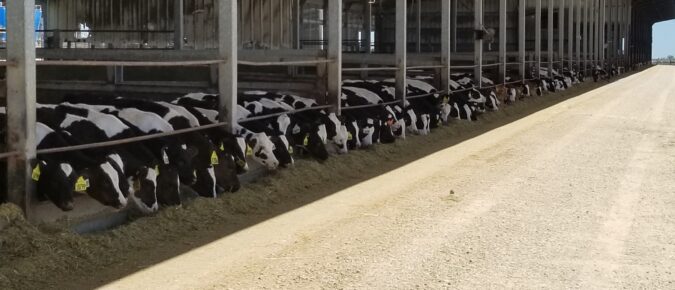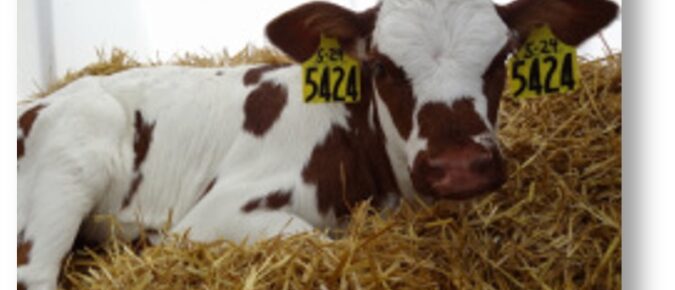Articles
Feed additives, an alternative to mitigate greenhouse gas emissions in dairy cattle
The contribution of the dairy production system to climate change is small compared to electricity generation or transportation. The U.S. EPA’s 2022 report showed that the contribution of the agriculture sector to the total greenhouse gas (GHG) emissions in the U.S was around 10% on a million metric tons of carbon dioxide equivalent (MMtCO2e) basis in 2020 (Figure 1), and about 39.5% of this 10% is represented by livestock methane emissions from the enteric fermentation and manure management.
Economics of Dairy Cattle Hoof Health
When it comes to health issues on a dairy farm, lameness is usually a main concern along with mastitis and reproductive issues. Lameness includes any abnormality which causes a cow to change the way she walks.
Recording Hoof Health Events
The sheer volume of information collected on a dairy farm may seem daunting to keep track of, but proper recordkeeping can play a vital role when making decisions. One area that may not receive as much attention is animal health events, especially hoof health. How would your current animal health records rate if they were compared to the requirements established by the Food and Drug Administration (FDA) Code of Federal Regulations (CFR) 21CFR530.5?
Hoof health & nutrition of dairy cows
Nutrition affects more than just the cow’s digestive system. The effects of an imbalanced diet can be seen throughout the animal’s body. Of particular interest are concentrates, such as grain-based feed ingredients, that typically contain high amounts of sugar and starch.
Hoof Health & Housing
Dairy cow housing facilities are a double-edged sword regarding hoof health and lameness. Built right and managed properly, housing facilities can limit the problem and aid recovery.
Lameness Starts in the Heifer Pen
Hoof health is essential for not only the overall health of the animal, but also for her welfare. Digital dermatitis (DD), or hairy heel warts, is an extremely painful condition for dairy cattle, reducing their ability to walk to and from the milking parlor, or to the feed bunk. Based on USDA NAHMS 2017 data, 16.8% of all cows and 2.6% of bred heifers have lameness on a dairy operation.
Synchronization protocols and compliance for dairy cattle reproduction
Synchronization protocols evolve rapidly as newer procedures are tested and improvements are made. To help veterinarians and industry professionals deal with rapid change and make informed decisions related to synchronization protocols, the Dairy Cattle Reproduction Council (DCRC) has created synchronization protocol sheets for dairy cows and dairy heifers.
Effects of Hail Damage on Standing Corn Silage Nutrient Composition: A 2023 Case Study
During the summer of 2023 Northwest Wisconsin experienced several hail events. Large hail and 60 mph straight line winds came through the Rice Lake area of Barron County on July 20, 2023. On July 24, a hail event also caused damage in central St. Croix County.
▶️ Watch: Manure processing technologies
In this video Rebecca Larson, Professor and Extension Specialist in the Nelson Institute for Environmental Studies at the University of Wisconsin-Madison will talk about manure processing systems.
Cold stress in dairy calves
Raising calves is a huge expense on any dairy farm and getting them off to a great start is important in cold weather as much as warm weather. Cold stress can increase the risk of disease in pre-weaned calves.
▶️ Watch- Fresh Cows: Fetching the cow and blood money
Badger Dairy Insight webinar recording from September 2023
Sub-optimal transition cow care causes significant economic losses
Earlier in the year, I attended the Four-State Dairy Nutrition and Management Conference, where many of the topics focused on transition cow care. One of the big take-home points from more than one speaker was that prevention of clinical disease is vital for long-term success of your cows. Issues during the transition period are associated with reduced reproduction and milk production. Prevention is followed closely by early diagnosis of clinical disease issues.
















